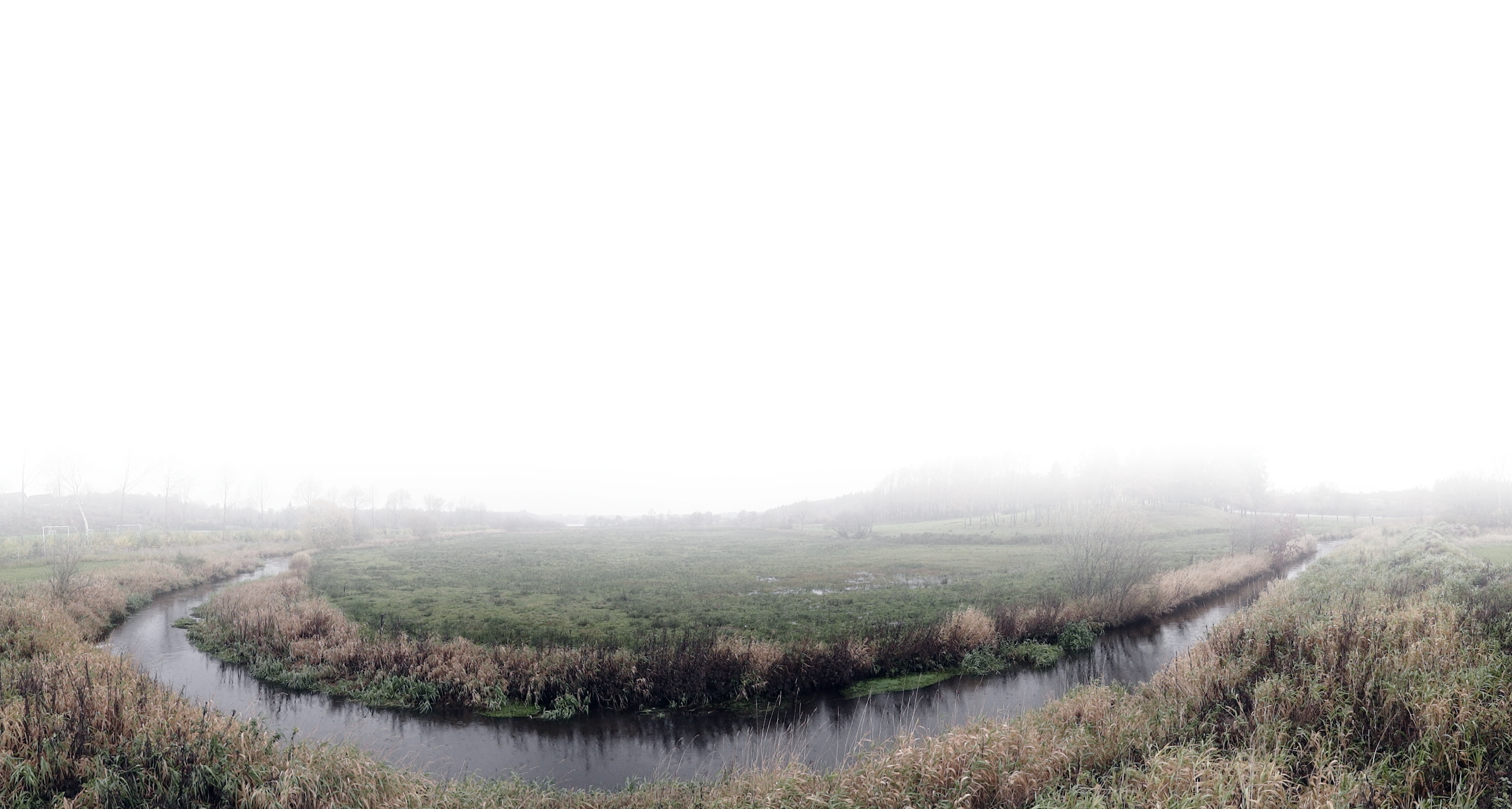Universitetsavisen
Nørregade 10
1165 København K
Tlf: 21 17 95 65 (man-fre kl. 9-15)
E-mail: uni-avis@adm.ku.dk
PhD thesis defense
PhD thesis defense — PhD defence: Sascha Müller Stable Oxygen-18 and Deuterium Isotopes Applications in a maritime-temperate lowland environment
Date & Time:
Place:
Auditorium C, Department of Geosciences and Natural Resource Management, Øster Voldgade 10, 1350 Kbh K
Hosted by:
Geology Section
Cost:
Free
Sascha Müller defends his thesis:
Stable Oxygen-18 and Deuterium Isotopes
Applications in a maritime-temperate lowland environment
Supervisors:
Professor Peter Engesgaard, IGN
Assistant Professor Søren Jessen, IGN
Senior Researcher Torben Sonnenborg, GEUS
Assessment Committee:
Professor Gudrun Massmann, University of Oldenburg – Germany
Professor Bjørn Kløve, University of Oulu – Finland
Professor Karsten Høgh Jensen (chair), IGN
Summary:
The application of stable Oxygen-18 (18O) and Deuterium (2H) isotopes, as a tracer for fluxes between different compartments of the water cycle was subject of the present PhD-thesis. During a three year period, temporal data from a wide range of water cycle constituents was collected from the Skjern River catchment, Denmark. The presented applications focused on studying the isotopic ‘input signal’ to the hydrosphere in the form of precipitation, the isotopic ‘output signal’ with its related dynamic processes at a coastal saltwater-freshwater interface (groundwater isotopes) and the temporal development within a given lowland headwater catchment (stream water isotopes).
Based on our investigations on the precipitation isotopic composition a local meteoric water line (LMWL) was constructed and expressed as: δ2H=7.4 δ18O + 5.36‰. Moreover, we showed that under maritime temperature climate influence, humidity is the main driver for the temporal and spatial isotopic development and temperature plays only a secondary role.
Based on our investigations at a coastal lagoon aquifer we could improve quantifications of seasonal saltwater-wedge dynamics, based on isotopic tracers combined with salinity. We can link the observed seasonal regression/transgression pattern to the inland recharge cycle, which is expressed in hydraulic head configuration and submarine groundwater discharge rates at the fieldsite. Nonetheless, those observed dynamics could not be simulated due to numerical limitations.
By the use of different transit time estimation methods, comparing isotopic input signal (precipitation) to the isotopic output signal of a catchment (as stream isotopic compositions) mean transit times (MTT) for a headwater catchment were derived. Estimates suggested the stream water to be dominated by water of very young age. Those results are in contrast to earlier age estimations from groundwater samples just beneath the stream. We therefore suggest the conceptualization of the hydrological conditions at this headwater catchment to be revised.
The thesis is available for inspection at the PhD administration office, 03.1.353
